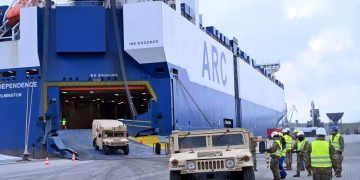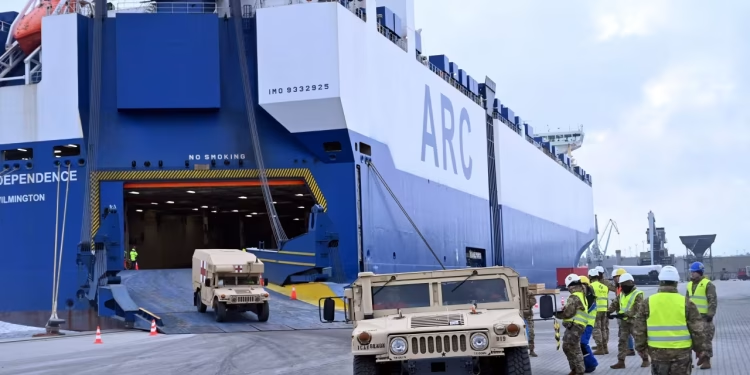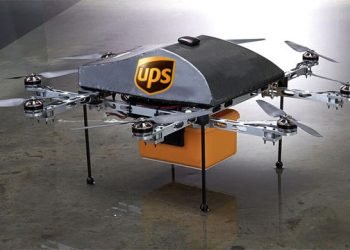The U.S. military is increasingly depending on commercial shipping lines to transport critical supplies and equipment, particularly in scenarios requiring rapid deployment. This shift addresses the shortage of dedicated military cargo ships and highlights logistical challenges that need immediate attention.
The U.S. Transportation Command (Transcom) has integrated commercial shipping into its contingency plans due to an aging and insufficient fleet of military cargo planes and ships. Many government-owned vessels are set to retire soon, and with replacement programs facing delays, the military must rely on private industry to ensure uninterrupted logistics.
Currently, up to 80% of military freight is transported via commercial vessels, but this comes with challenges, including security concerns, compliance with military standards, and availability of qualified mariners. Additionally, commercial shipping companies operate under market-driven schedules, which may not always align with military needs during conflicts.
Efforts are underway to streamline integration between military and commercial carriers. Congress has authorized the acquisition of secondhand ships to bolster U.S. military cargo capabilities, but industry experts warn that long-term solutions—such as increased investments in purpose-built military transport vessels—are essential to maintain operational readiness in global theaters, especially in the Pacific region.























